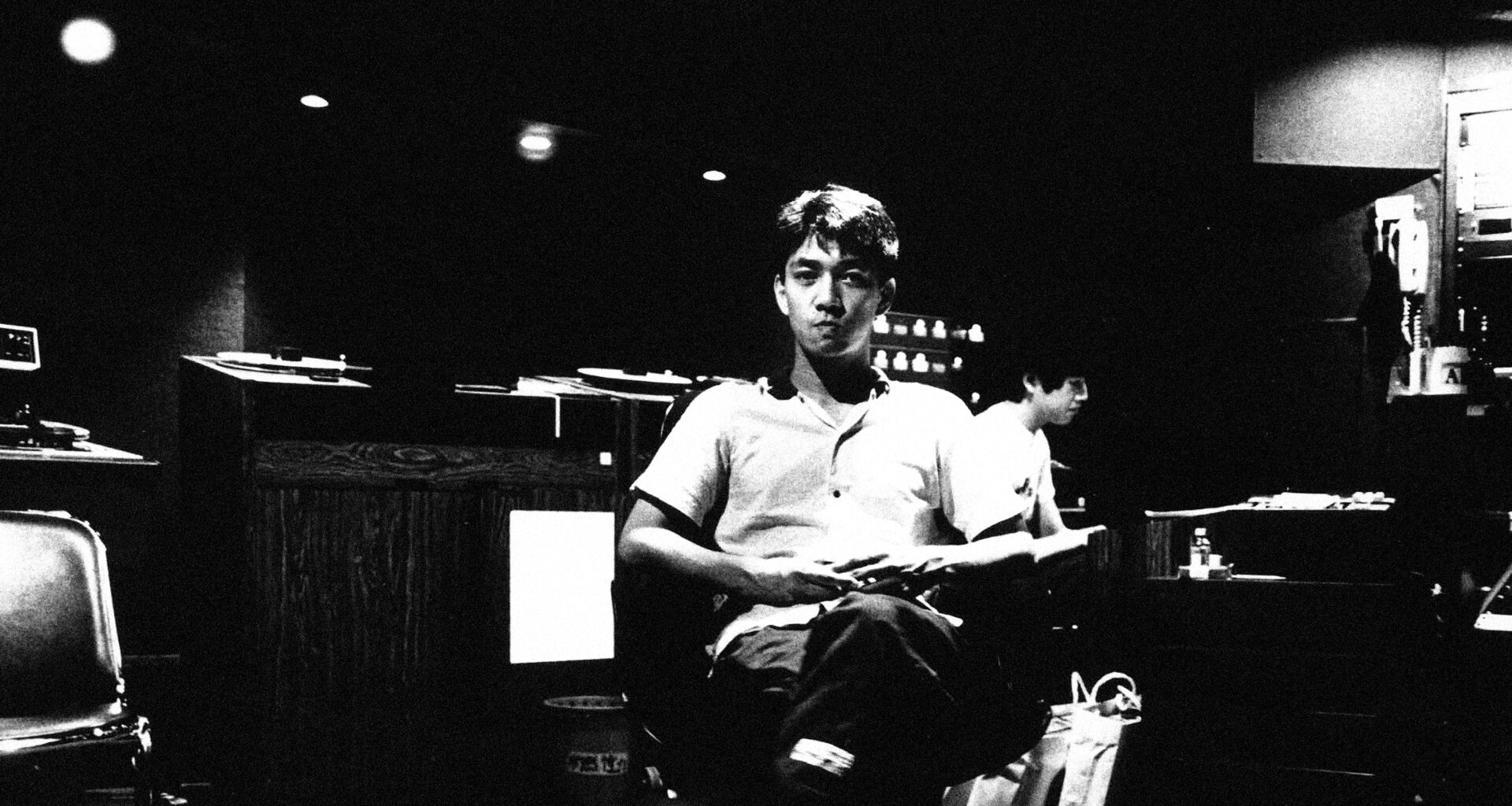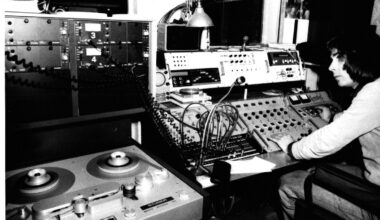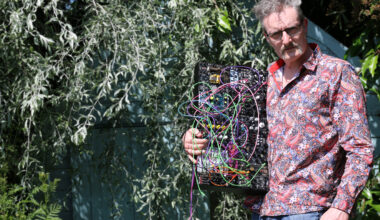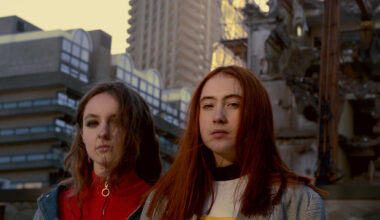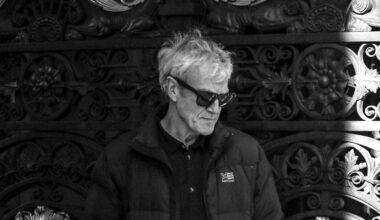Yellow Magic Orchestra co-founder, ardent sonic adventurer, soundtrack maestro… following his recent passing at the age of 71, we reflect on the remarkable 45-year career of revered Japanese composer Ryuichi Sakamoto
Want to read more?
Sign up to Electronic Sound Premium to gain access to every post, video, special offers, and more. 100%, all you can eat, no commitment, cancel any time.
Already a premium member? Log in here
